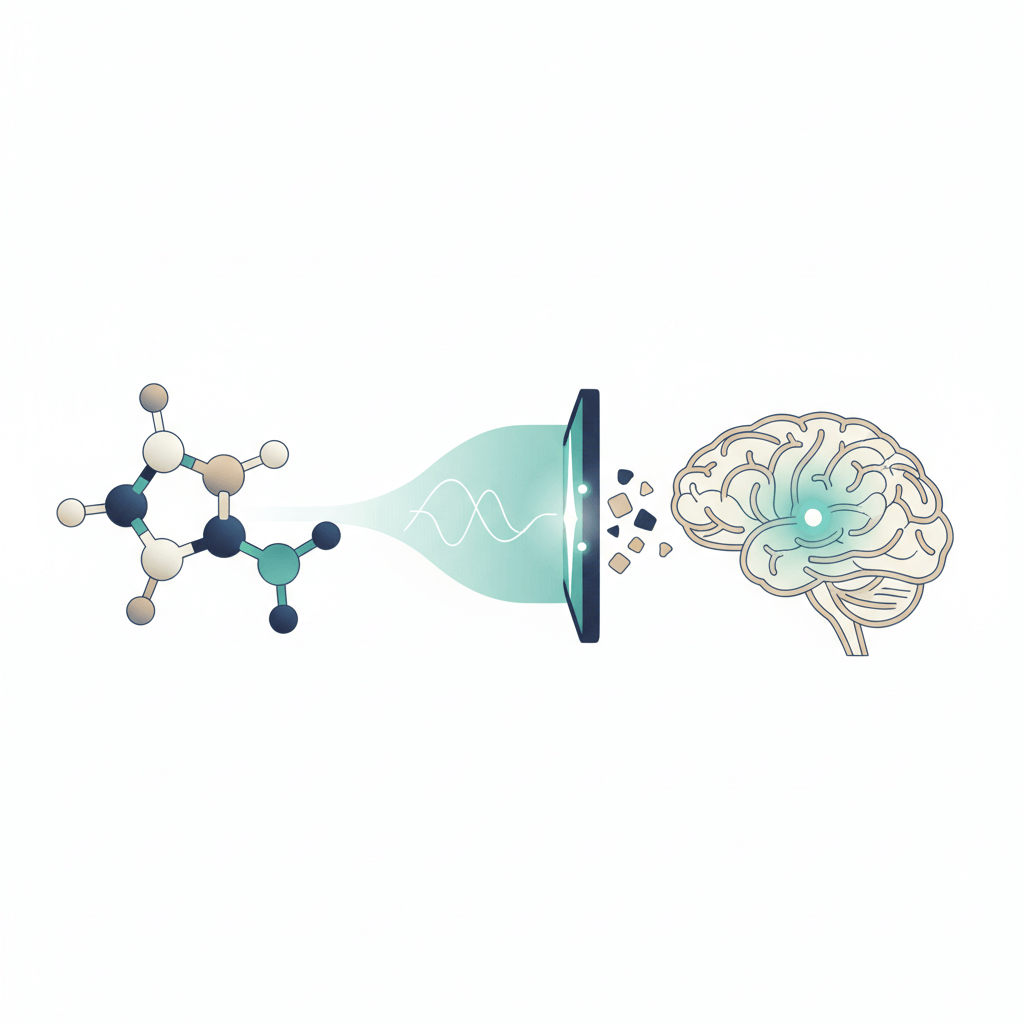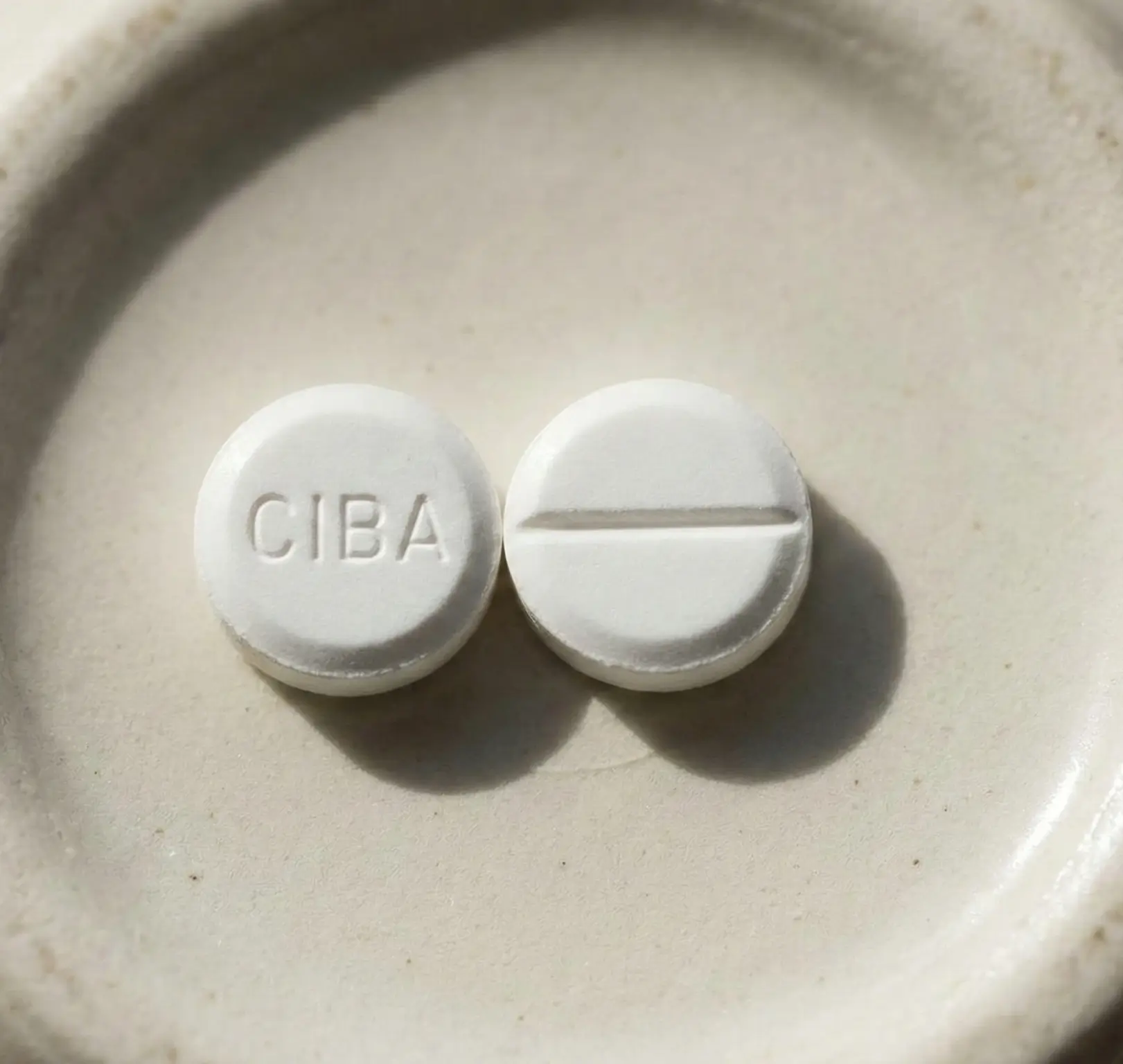Understanding Oxycodone Withdrawal
When an individual who has been using oxycodone or other opioids decides to stop or reduce their usage, they may experience a range of withdrawal symptoms. Understanding these symptoms and the timeline of oxycodone withdrawal can help individuals navigate this challenging process.

Withdrawal Symptoms of Oxycodone
Oxycodone withdrawal symptoms can vary in intensity and duration depending on factors such as the dosage, duration of use, and individual physiology. Common withdrawal symptoms include:
- Anxiety
- Muscle aches
- Sweating
- Runny nose
- Fever
- Nausea
- Vomiting
- Diarrhea
More severe symptoms may include rapid heartbeat, high blood pressure, and hallucinations. It's important to note that the severity and duration of these symptoms can vary from person to person.
Timeline of Oxycodone Withdrawal
The timeline of oxycodone withdrawal typically begins within 8-14 hours of the last dose. Symptoms tend to peak around the second or third day and can last for about a week. However, some symptoms, such as insomnia and drug cravings, may persist for weeks or even months after the initial detoxification process [1].
According to healthdirect.gov.au, individuals taking prescribed opioids like oxycodone or using heroin may experience withdrawal symptoms within 6 to 12 hours after their last dose. The symptoms are usually most intense around 2 days after stopping and gradually subside over the course of about a week.
It's important to note that the withdrawal experience can vary among individuals. Factors such as the specific opioid used, dosage, and duration of use can influence the intensity and duration of withdrawal symptoms. Additionally, individual variations in metabolism and overall health can also impact the withdrawal timeline.
Managing oxycodone withdrawal requires careful consideration and professional support. Gradually tapering off the medication under medical supervision can help minimize the severity of symptoms. Medication-assisted treatment and medical detox in specialized facilities are recommended to ensure safety, alleviate symptoms, and prevent complications [1]. Seeking help from healthcare professionals and support networks is essential for a successful withdrawal process.
Managing Oxycodone Withdrawal
When it comes to managing oxycodone withdrawal, there are several approaches that can help individuals navigate through this challenging process. These methods aim to alleviate symptoms and provide support during the withdrawal period. Three common strategies for managing oxycodone withdrawal include tapering off oxycodone, medication-assisted treatment, and medical detox.
Tapering off Oxycodone
Tapering off oxycodone involves gradually reducing the dosage of the medication under the guidance of a healthcare professional. This approach allows the body to adjust to lower levels of the drug over time, minimizing the intensity of withdrawal symptoms. By working closely with a doctor, an individual can create a personalized tapering plan that suits their specific needs. The dosage reduction can occur on a daily or weekly basis, depending on the individual's response and tolerance.
Tapering off oxycodone is considered one of the best methods to prevent severe withdrawal symptoms. It allows the body to adapt gradually, reducing the likelihood of experiencing intense discomfort. The process should be approached with patience and regular communication with a healthcare professional.
Medication-Assisted Treatment for Oxycodone Withdrawal
Medication-assisted treatment (MAT) involves the use of specific medications to help manage the symptoms of oxycodone withdrawal. Two common medications used in MAT are methadone and buprenorphine. These medications are opioids themselves but are used to replace other more harmful opioids and assist in controlling withdrawal symptoms.
Under the supervision of a healthcare professional, methadone or buprenorphine may be prescribed for an extended period to assist in coming off opioids when they are no longer needed. These medications help to stabilize individuals and reduce cravings, allowing them to focus on their recovery journey.
Medical Detox for Oxycodone Withdrawal
For individuals experiencing severe oxycodone withdrawal symptoms or those with a history of dependence, medical detox in a specialized facility is recommended. Medical detox provides a safe and supportive environment for individuals going through withdrawal. It involves close monitoring by healthcare professionals who can administer appropriate medications and therapies to alleviate symptoms and prevent complications.
Medical detox programs are designed to ensure the safety and comfort of individuals during this challenging time. The duration of medical detox varies depending on the individual's needs and the severity of their withdrawal symptoms. It's important to note that medical detox is just the first step in the recovery process and should be followed by ongoing treatment and support to address the underlying causes of addiction.
Managing oxycodone withdrawal requires a comprehensive approach that combines medical guidance, support, and appropriate interventions. Whether through tapering off oxycodone, medication-assisted treatment, or medical detox, seeking professional help is crucial in safely navigating the withdrawal process and increasing the chances of successful recovery.
Common Symptoms of Oxycodone Withdrawal
When an individual who has been using oxycodone for an extended period of time decides to stop or reduce their usage, they may experience withdrawal symptoms. These symptoms can be both physical and psychological in nature, and they can vary in intensity depending on factors such as the dosage and duration of oxycodone use. It's important to be aware of these symptoms to better understand and manage the withdrawal process.
Physical Symptoms of Oxycodone Withdrawal
Physical symptoms of oxycodone withdrawal can manifest in various ways. These symptoms may include:
- Muscle aches
- Anxiety
- Insomnia
- Sweating
- Runny nose
- Yawning
- Abdominal cramping
- Diarrhea
- Dilated pupils
- Piloerection (goosebumps)
These physical symptoms can be uncomfortable and distressing, but they are a normal part of the withdrawal process. It's important to remember that these symptoms are temporary and will gradually subside as the body adjusts to the absence of oxycodone.
Psychological Symptoms of Oxycodone Withdrawal
In addition to physical symptoms, individuals going through oxycodone withdrawal may also experience psychological symptoms. These symptoms can include:
- Restlessness
- Anxiety
- Irritability
- Depression
- Mood swings
- Difficulty concentrating
Psychological symptoms can be challenging to cope with as they can affect an individual's emotional well-being and overall mental state. It's important to seek support from healthcare professionals, friends, and family during this time to help manage these symptoms effectively.
It's worth noting that the duration and severity of oxycodone withdrawal symptoms can vary from person to person. Factors such as the individual's overall health, the duration and intensity of oxycodone use, and their unique physiology can influence the withdrawal experience. It is advisable to consult a healthcare professional for personalized guidance and support throughout the withdrawal process.
Understanding the common symptoms of oxycodone withdrawal can help individuals anticipate and manage the challenges they may face. With proper support and guidance, it is possible to navigate the withdrawal process and move towards a healthier, drug-free life.
Potential Risks and Complications
When it comes to oxycodone withdrawal, there are potential risks and complications that individuals should be aware of. Understanding these factors is essential for seeking appropriate professional support and managing the process effectively.
Severe Oxycodone Withdrawal Symptoms
While most individuals may experience discomfort during oxycodone withdrawal, severe symptoms are rare but possible, especially in cases of long-term, high-dose use or abrupt cessation of the drug. Some of the severe withdrawal symptoms that may occur include:
- Seizures
- Delirium
- Psychosis
It's important to note that these severe symptoms are not typical, but they can happen in certain circumstances. If you or someone you know is experiencing severe withdrawal symptoms, it is crucial to seek immediate medical attention.
Importance of Professional Support
The intense discomfort and potentially dangerous symptoms of oxycodone withdrawal present a significant challenge for individuals trying to stop using the drug. Without proper management and support, these symptoms can lead to relapse.
Professional support is vital in navigating the complexities of oxycodone withdrawal. Medical professionals, such as doctors and addiction specialists, can provide guidance and develop tailored treatment plans to address individual needs. They can monitor the progress, manage symptoms, and adjust the treatment plan accordingly.
One effective approach to managing oxycodone withdrawal is tapering off the drug under the supervision of a healthcare professional. Tapering involves gradually reducing the dosage of oxycodone to minimize withdrawal symptoms and allow the body to adjust more smoothly [2]. This method, when done correctly, can help individuals avoid severe discomfort during the withdrawal process.
In some cases, medication-assisted treatment (MAT) may be recommended for oxycodone withdrawal. MAT involves using medications like methadone or buprenorphine, which can help diminish withdrawal symptoms and cravings, while also blocking the effects of opioids [3]. These medications are typically prescribed under the supervision of a healthcare professional and are accompanied by appropriate psychosocial interventions for the best long-term outcomes.
The importance of professional support cannot be overstated. Seeking help from healthcare professionals who specialize in addiction treatment can provide the necessary guidance, support, and medical intervention to navigate the challenges of oxycodone withdrawal effectively.
In conclusion, while severe withdrawal symptoms from oxycodone are uncommon, they can occur in certain situations. It is crucial to recognize the potential risks and complications associated with oxycodone withdrawal and seek professional support to ensure a safe and successful journey towards recovery.
Seeking Help for Oxycodone Withdrawal
When dealing with oxycodone withdrawal, it is important to seek professional help and support. There are various resources available to assist individuals in their journey towards recovery.
National Helpline for Substance Use Disorders
The SAMHSA National Helpline is a valuable resource for individuals seeking assistance with substance use disorders. This helpline operates 24/7, providing free and confidential treatment referral and information about mental and/or substance use disorders. The helpline is available in both English and Spanish, catering to a wide range of individuals in need. With over 68,000 calls received each month, the helpline serves as a vital support system for those seeking guidance and resources.
Effective Pharmacologic Treatments for Oxycodone Withdrawal
Pharmacologic treatments can play a crucial role in managing oxycodone withdrawal symptoms. Methadone and buprenorphine are recognized as highly effective treatments for opioid withdrawal. These medications can help diminish withdrawal symptoms and cravings while blocking the effects of opioids.
Methadone is particularly effective for individuals dependent on short-acting opioids. It is orally administered, long-acting, and safe when proper care is taken with initial dosing. The initial dose should be less than 40 mg, and the total 24-hour dose should not exceed 40 mg for the first few days. Gradual reduction of methadone withdrawal is recommended over time.
Buprenorphine, on the other hand, is a long-acting and safe treatment option for opioid withdrawal. It can be used for both detoxification and maintenance. Buprenorphine is typically administered sublingually, after the emergence of mild-to-moderate withdrawal symptoms. The dosage can be tapered over time.
It is important to note that the best outcome for long-term opioid dependence treatment occurs with maintenance on methadone or buprenorphine, accompanied by appropriate psychosocial interventions. Naltrexone may be useful for individuals with strong external motivation, but the optimum duration of maintenance on either methadone or buprenorphine is still unclear [3].
It is recommended to consult with a healthcare professional to determine the most suitable pharmacologic treatment option for individual circumstances. Working closely with a medical team can provide the necessary guidance and support throughout the withdrawal process.
By reaching out to helplines and seeking effective pharmacologic treatments, individuals can take the first steps towards managing oxycodone withdrawal and embarking on a path of recovery. Remember, professional assistance and support are essential for a safe and successful recovery journey.
Withdrawal from Other Opioids
While the focus of this article has been on oxycodone withdrawal, it's important to acknowledge that withdrawal symptoms can vary depending on the specific opioid involved. In this section, we will briefly explore withdrawal symptoms and treatments for two other commonly abused opioids: heroin and methadone.
Heroin Withdrawal Symptoms and Timeline
Withdrawal symptoms from heroin typically begin within 8 to 12 hours after the last dose. The initial symptoms often include anxiety and strong cravings. Over the next 36 to 72 hours, symptoms peak and may include:
- Restlessness
- Muscle aches
- Insomnia
- Sweating
- Runny nose
- Dilated pupils
- Nausea
- Abdominal cramping
- Diarrhea
Within approximately 5 days, the acute withdrawal symptoms from heroin substantially subside. However, it's important to note that a protracted abstinence syndrome can follow, lasting for 6 to 8 months.
Methadone and Buprenorphine for Opioid Withdrawal
Methadone is a long-acting opioid that can be used as a treatment for opioid withdrawal. It is orally effective, safe, and has a long duration of action. Care should be taken with the initial dosing of methadone, with the initial dose being less than 40 mg and the total 24-hour dose not exceeding 40 mg for the first few days. Methadone withdrawal can then be gradually reduced over time.
Buprenorphine is another medication that is commonly used in the treatment of opioid withdrawal. It is a long-acting, safe, and effective option for both detoxification and maintenance. Buprenorphine should be administered sublingually after the emergence of mild-to-moderate withdrawal symptoms. The dosage can be tapered over time to help individuals manage their withdrawal symptoms [3].
Both methadone and buprenorphine can be valuable tools in the treatment of opioid withdrawal, providing individuals with a safer and more controlled way to manage their withdrawal symptoms. It's important to consult with a healthcare professional who specializes in addiction medicine to determine the most appropriate treatment approach for individual needs.
By understanding the specific withdrawal symptoms and treatment options for different opioids, individuals can seek the help they need to overcome their addiction and move towards a healthier, drug-free life.
References
[1]: https://americanaddictioncenters.org/withdrawal-timelines-treatments/opiate
[2]: https://www.healthdirect.gov.au/opioid-withdrawal-symptoms













